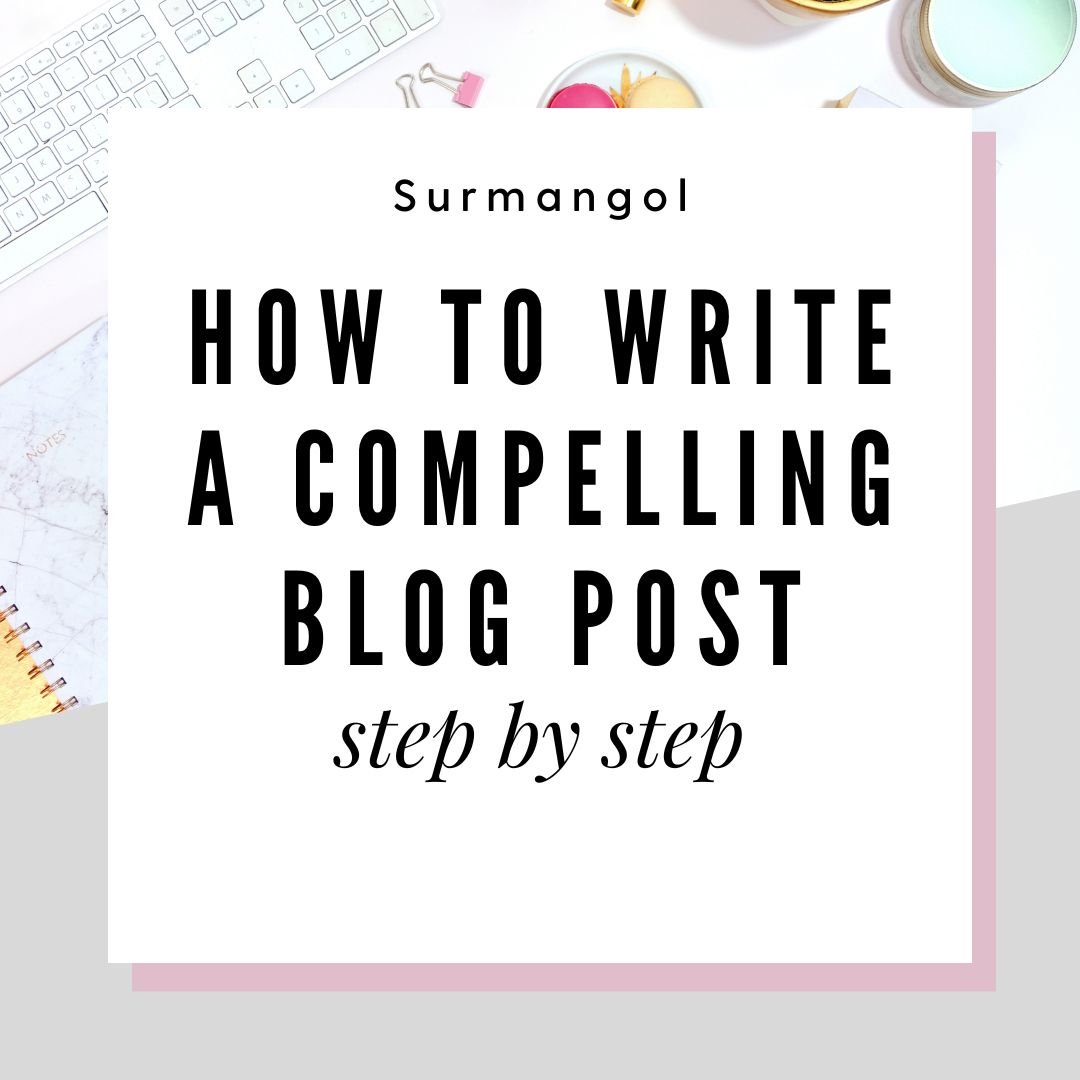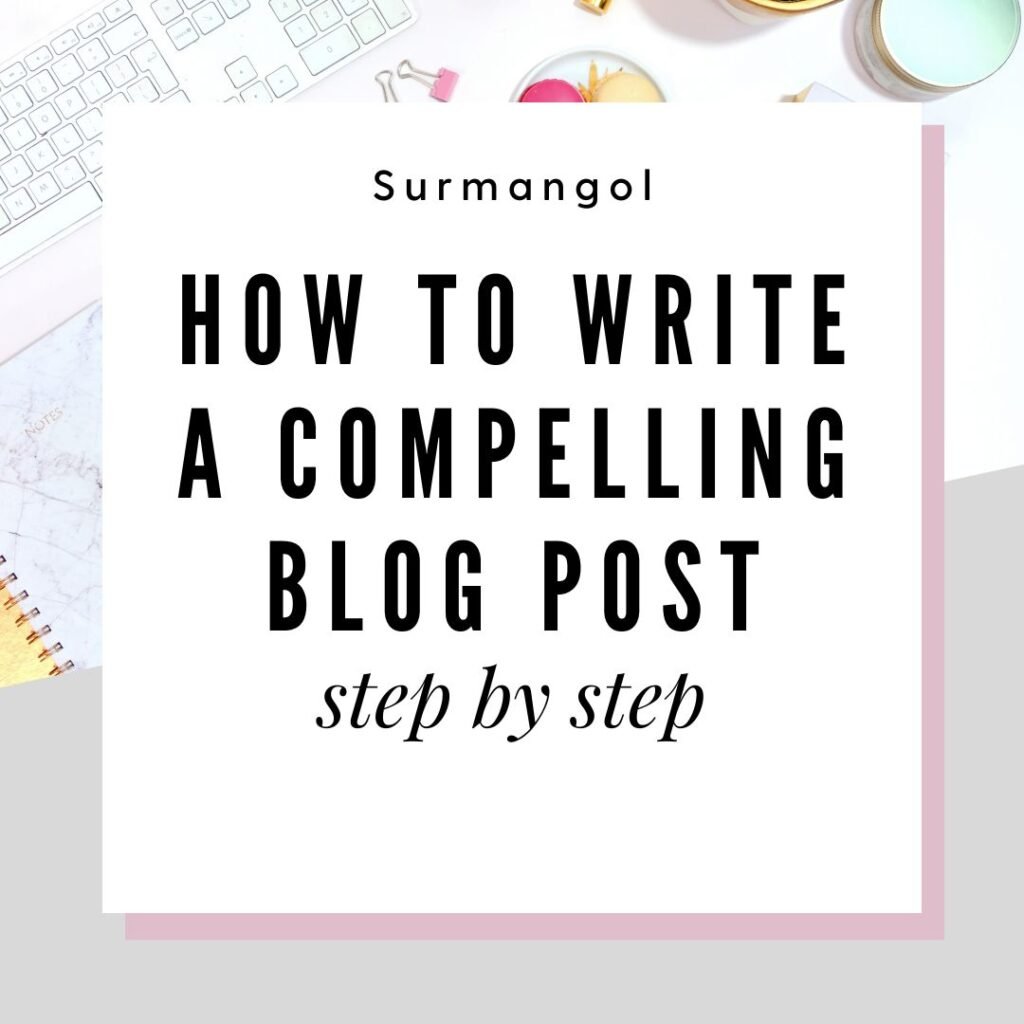Ever stared blankly at a screen, unsure how to start your blog post? You're not alone. Crafting a captivating narrative can seem daunting, but what if I told you there's a step-by-step guide to elevate your writing game? Yes, transforming a simple idea into a page-turner is within reach! We all have stories to share; tales that can inspire, inform, and ignite passion. Whether you're a seasoned writer or just starting out, this guide will be your beacon. Ready to craft content that resonates and captivates? Dive in!

1. Understanding Your Audience
Identifying Your Target Readers
Begin by visualizing who you’re writing for. Is it the busy mom looking for quick recipes? The tech enthusiast eager for the latest gadget reviews? Pinpointing your audience ensures your message is received loud and clear.
i.What Matters to Them: Uncovering Their Pain Points and Desires Dive deep into their world. What keeps them up at night? What excites them? These insights lay the foundation for posts that resonate. How a Compelling Blog Post Can Solve Their Problems or Satisfy Their Curiosity Your post should be the bridge between their problem or curiosity and a solution or answer. Offer that link, and they’ll keep coming back for more.
2. SEO Optimization

3. Crafting a Captivating Title:
i. The Art of the Opening Crafting a Hook That Grabs Attention Your opening sentence should be a velcro strip – impossible for readers to pull away from. Providing Value Right From the Start Don’t dilly dally. Dive into the meat of your content early on, showcasing the value you’re offering. Setting the Tone and Expectation for the Reader Your introduction should be a trailer for the rest of your post, giving a glimpse of what’s in store.
4. Structuring Your Blog Post

5. The Heart of the Matter: Main Content
Keeping the Reader Engaged: Tips and Techniques Mix up your sentence lengths, use powerful anecdotes, and sprinkle in some humor or relatable content.
Utilizing Storytelling to Make Your Point A well-written blog is like a lantern, casting light on a message and illuminating its essence. Rather than simply stating a point, envelop it within a narrative that resonates. When readers can visualize, empathize, and feel a story’s pulse, your underlying message becomes ingrained in their memory.
6. Visual Appeal
7. Call to Action

The Call to Action (CTA) is the heartthrob of any blog piece, the climax where words aim to turn passive reading into proactive engagement. Examples of Effective Calls to Action: A powerful CTA resonates and spurs action. “Ready to revolutionize your routine? Grab our guide now!” is more than a mere invitation. It’s a direct prompt, enticing and beckoning the reader by addressing their ambitions and offering a tangible next step. Tips create a CTA that Resonates, Be clear, be compelling, and most importantly, align it with your post’s primary intent.
Conclusion:
Summarizing Key Takeaways
Wrap up neatly, recapping the transformative journey you’ve taken your readers on. Encouraging Reader Interaction: Asking for Comments and Shares Engagement shouldn’t end when the post does. Invite thoughts, opinions, and shares. Providing a Pathway for Readers to Explore More of Your Content Guide them to related articles or resources, ensuring their journey with you continues.
Bonus: Common Mistakes to Avoid Overcoming Writer’s Block
Step away, seek inspiration, and remember why you started writing in the first place. Avoiding Common Grammatical Errors Grammar tools and meticulous proofreading are your safeguards. Steering Clear of Plagiarism and Ensuring Originality Always credit sources, and remember, genuine voice and authenticity outshine regurgitated content any day.







